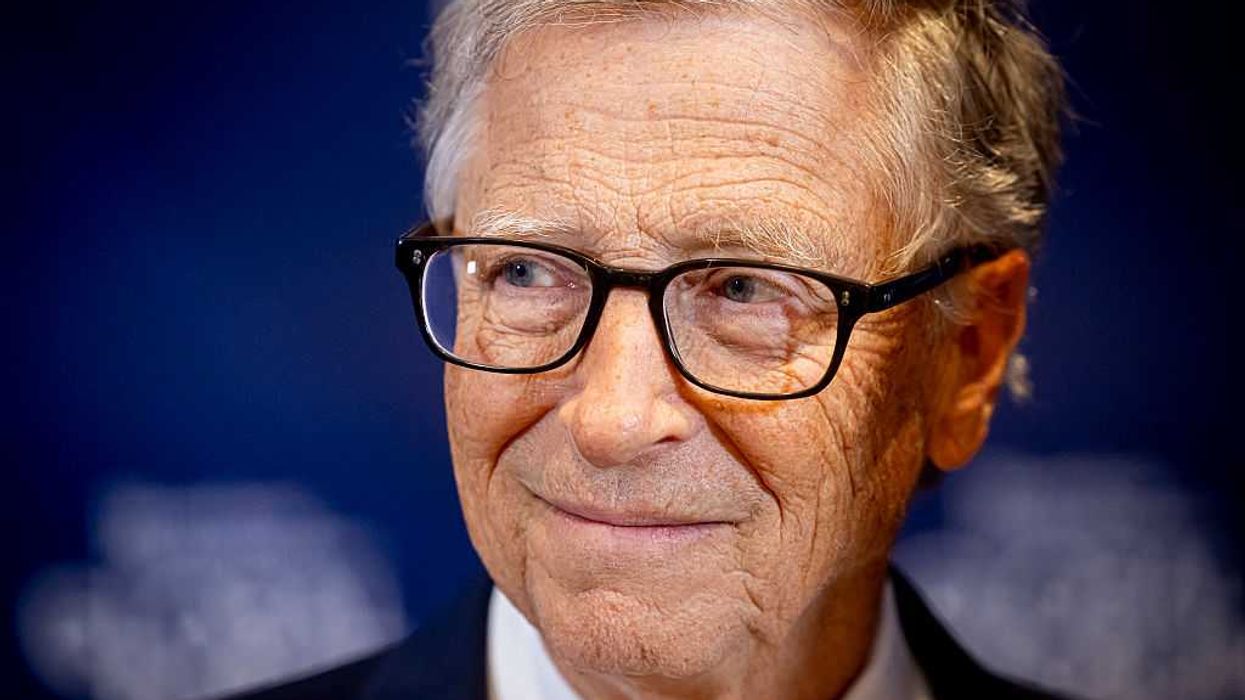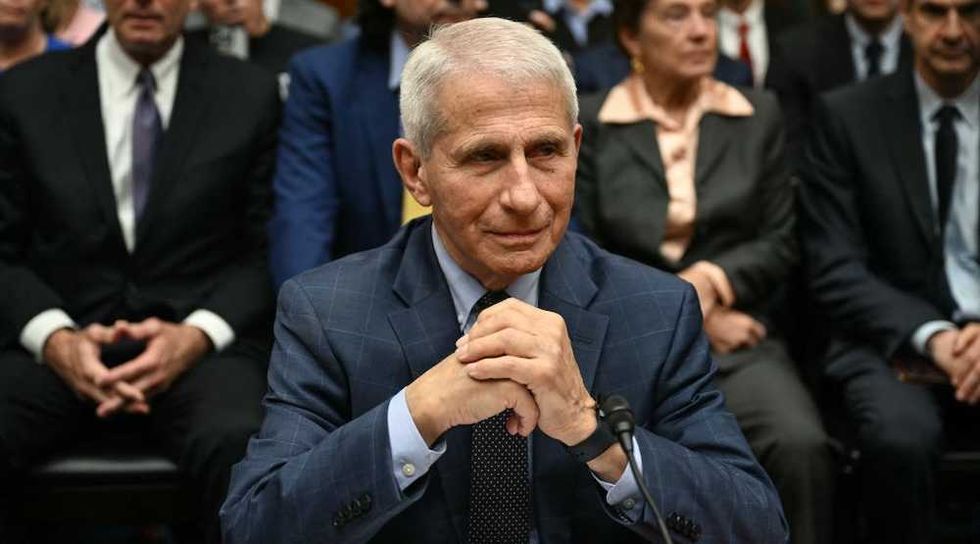
Photo by Patrick van Katwijk/Getty Images

The Pandemic Fund’s backers claim to fight disease, but the money trail reveals a system built to enrich global elites while American taxpayers pay the price.
Since the COVID-19 pandemic, a growing network of nongovernmental organizations, politicians, and corporations have pushed for sweeping global health initiatives. They lobby for massive funding, insisting it will prevent the next international health crisis.
Groups such as the World Health Organization, the Gates Foundation, and the U.S. government have saturated the media with calls for “equity” and “preparedness.” Together, they established the Pandemic Fund — a financial pool designed to channel money into their shared vision of global health management.
It takes little imagination to see how a fund directed by Gates-linked institutions could steer money — intentionally or not — toward companies in which he holds a stake.
According to its website, the Pandemic Fund “finances critical investments to strengthen pandemic prevention, preparedness, and response capacities at national, regional, and global levels, with a focus on low- and middle-income countries.” In practice, it serves as a central clearinghouse for governments, NGOs, and business coalitions to move money under the banner of “health security.”
The funds flow to “implementing entities” such as the World Bank; the WHO; Gavi, the Vaccine Alliance; and UNICEF. These organizations, in turn, decide how the investments are distributed — and to whom. Each claims to act on behalf of public health, but their reach and influence often extend far beyond medicine into politics, surveillance, and control.
Who actually gets paid to implement these objectives? What do “surveillance” and “prevention” mean in practice? How is “preparedness” measured? Which corporations manage the process, and whose services are contracted for the lab upgrades? None of these questions has a straight answer. The fund’s language reads like a bureaucratic fog — dense, opaque, and unaccountable.
What the Pandemic Fund does provide is a clear list of donors: the United States, the Gates Foundation, and several European governments. It also highlights 47 active projects spanning 75 countries.
What it doesn’t provide is equally telling. The site omits the names of officials who manage the money in each country, the ownership of the laboratories, and the companies installing the surveillance systems. Even the identities of those delivering “medical support” remain concealed behind the veil of “global cooperation.”
Beyond its opacity, the Pandemic Fund is riddled with conflicts of interest. The Gates Foundation ranks among its largest institutional donors, while Gavi, the Vaccine Alliance, acts as an “implementing entity” responsible for distributing those same funds.
Gavi’s own website acknowledges that the Gates Foundation was both a founding partner and a seed donor, contributing $750 million at its launch in 2000. That relationship alone should raise questions. Gavi now helps allocate the Pandemic Fund’s grants, meaning one of its original funders plays a direct role in deciding where new money goes.
The potential conflicts run deeper. Bill Gates has invested heavily in Moderna and BioNTech, two of the world’s leading mRNA vaccine manufacturers. The Gates Foundation funded Moderna’s early mRNA work, and public records show that Gates himself owns more than 1 million shares of BioNTech, which partnered with Pfizer to produce the COVID-19 vaccine.
It takes little imagination to see how a fund directed by Gates-linked institutions could steer money — intentionally or not — toward companies in which he holds a stake.
The web of influence extends into policy enforcement. The World Health Organization’s director-general oversees the International Health Regulations, a global framework that allows governments to impose quarantine, testing, or vaccination requirements during declared health emergencies. The United States accepted the IHR in 2005 but rejected the most recent amendments adopted in 2024, formally withdrawing from those obligations in July of this year.
Even so, the structure remains in place. If Washington — or any other government — adopted tighter compliance measures, it could channel money from the Pandemic Fund to purchase vaccines and “countermeasures.” Pharmaceutical companies would profit handsomely from policies that treat mass vaccination as the first and only line of defense. The more the world relies on vaccines as a universal solution, the more secure the profits for investors like Gates.
The Gates Foundation’s influence doesn’t stop at funding or investment. It appears on the WHO’s list of official “non-state actors,” a category that allows direct collaboration on projects and participation in committee meetings. In other words, the foundation helps set global health standards and then funds the programs that enforce them.
RELATED: Researchers tied to Fauci’s COVID cover-up still scoring big NIH grants

At the end of the chain, American taxpayers pay for it all. Washington’s seemingly benevolent $700 million “donation” to the Pandemic Fund comes straight from the U.S. Treasury. Every dollar funneled into this global health consortium began as someone’s paycheck.
In practice, the fund operates less like a charity and more like a taxpayer-financed slush fund for international health bureaucrats and private interests. The U.S. government collects money from citizens, passes it through the fund, and watches as the Gates Foundation, the WHO, and their network of NGOs redirect it to vaccine manufacturers, foreign governments, and organizations with which they maintain deep financial and institutional ties.
This system of influence moves wealth in one direction — up and out. Money leaves the hands of American workers and flows to a global health elite that hides behind the language of “pandemic prevention.” The slogans of safety and preparedness disguise a network that rewards insiders and deepens the dependence it claims to end.
Congress and federal auditors need to dig into where this money actually goes and who profits from it. Americans deserve to know whether their taxes support genuine public health or line the pockets of the same institutions that cashed in during the last pandemic.
Caroline Weaver